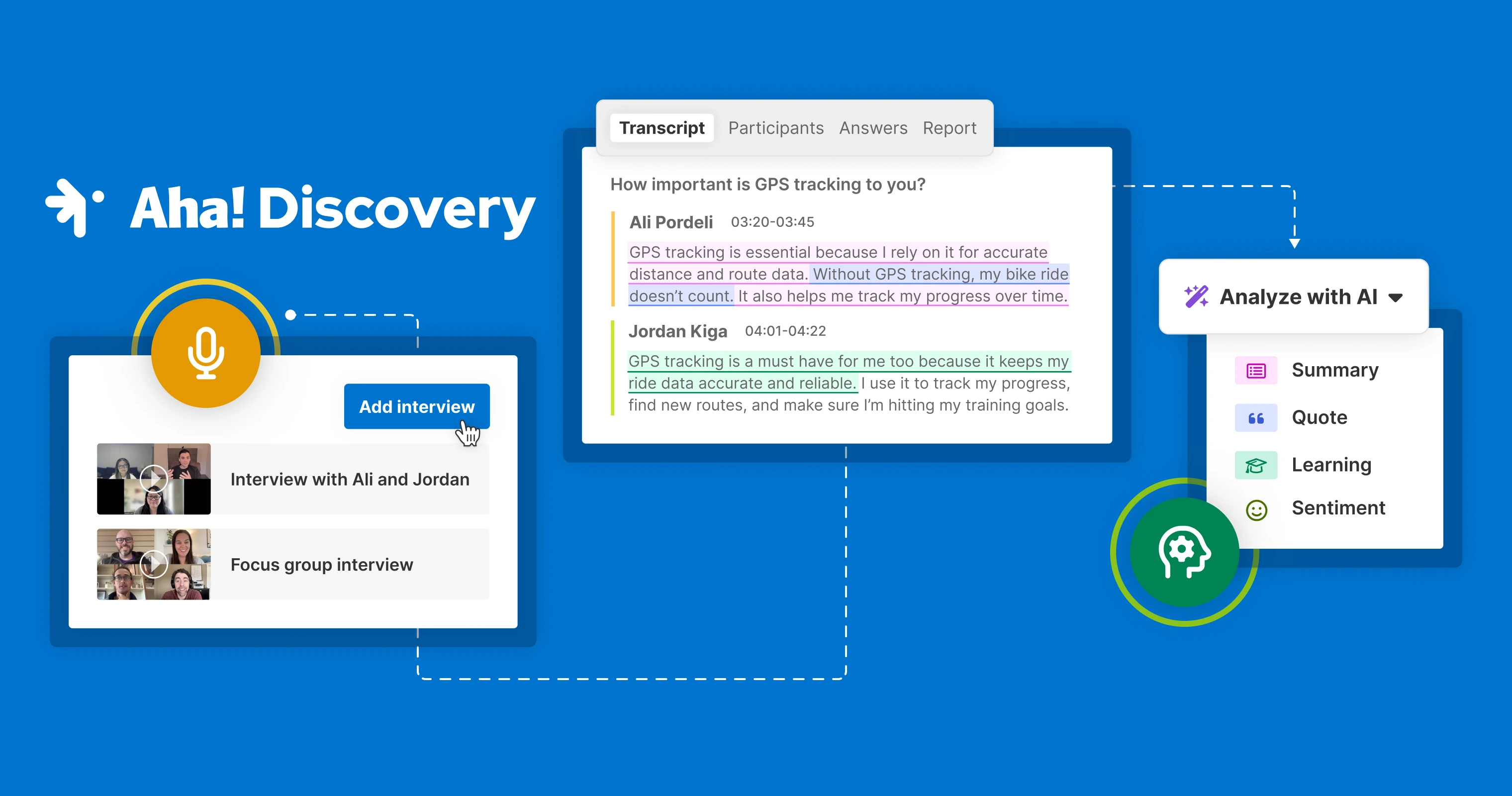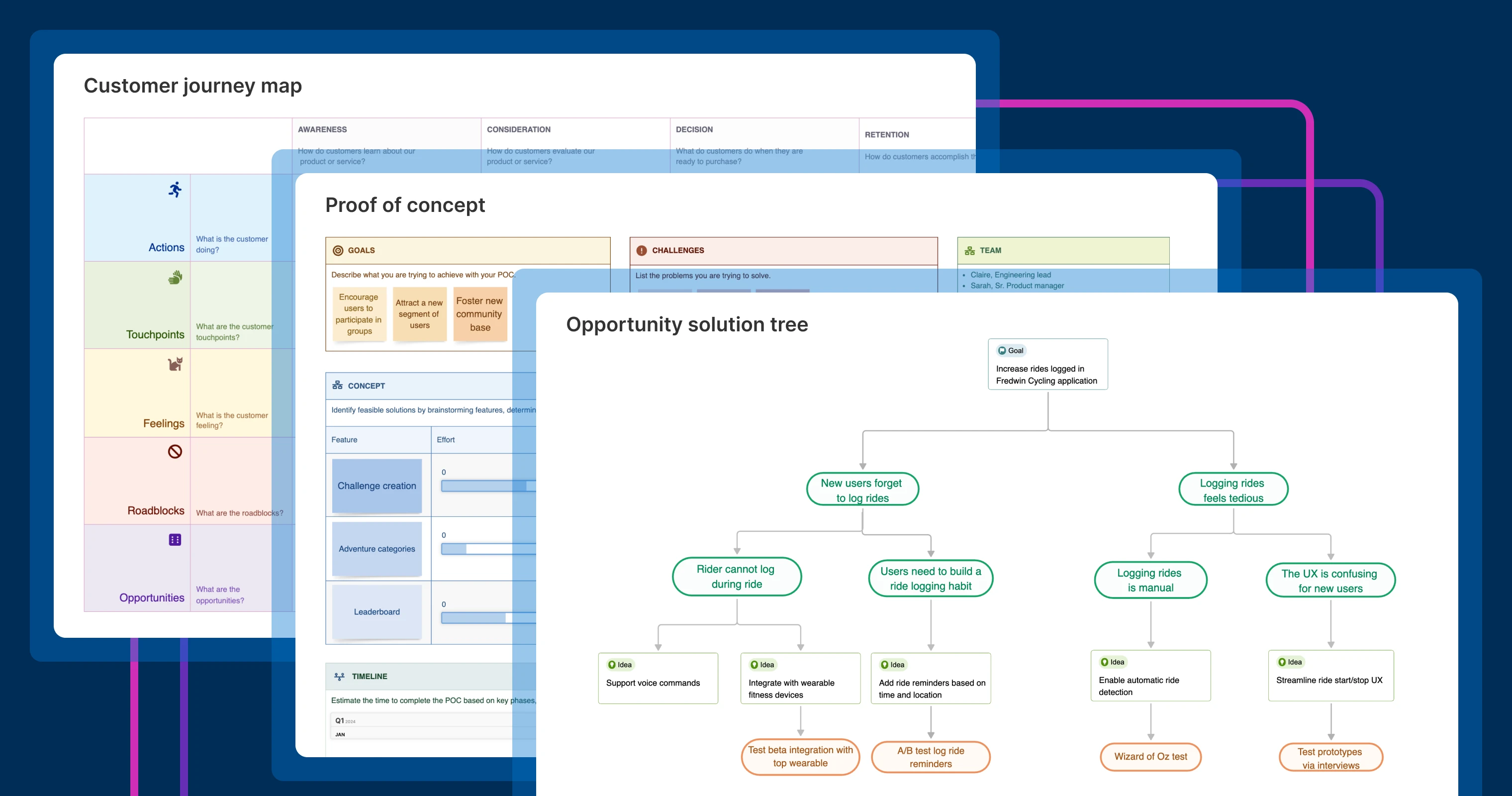
Product All-Star: 5 questions with Stephanie Sullivan
Building products is an adventure. That is what makes it the best job in the world. But this role is not for everyone — true product success requires decisive action, continuous effort, and the relentless pursuit of value.
We have the honor of being connected to companies and product experts who go boldly and bravely. And we are asking folks to share their knowledge with you in the hopes it will inspire you in your own product career.
Meet Stephanie Sullivan, director of product operations at Outcomes, a healthcare technology company that connects pharmacies, payers, and pharmaceutical companies to improve patient outcomes. With more than a decade of experience in product management, Stephanie recently stepped into product operations, where she improves cross-functional collaboration and drives consistency in product launches and releases. She also leads companywide reporting on OKRs, ensuring teams have access to the data they need and providing executive leadership with a clear, unified story.
Outside of work, Stephanie enjoys lifting, high-intensity interval training, and painting watercolor portraits.
Keep reading for Stephanie's thoughts on all things product building:
How did you get your start in product?
I started my career in healthcare as a data manager. Manually entering clinical data was tedious, and I quickly realized there had to be a better way. I drafted what I now know was a set of requirements for an automated data entry system and pulled in our IT teammates to help build it. I told them, "If you develop this, I can do my job in a third of the time." They built it — and then hired me to join their team.
From there, I moved into a business analyst role and then became a product manager. I worked in healthcare analytics at IBM and later joined Outcomes, where I managed new product development and then led the pharma product team. About a year ago, I took on my first formal product operations role. It was an exciting shift — rather than focusing on a single product, I now work across all of them, bringing teams together around more efficient ways of working.
I didn't set out to work in product. It happened because I was determined to fix something. That same mindset still drives me today.
Related: Product management vs. product operations
What are the most important traits of a product builder?
Curiosity. You have to be genuinely interested in how customers work and the challenges they face. The same applies to product operations. Understanding how teams operate and what slows them down is critical to creating meaningful change.
When I stepped into product operations, the first thing I did was ask questions. I sat down with teams across the organization to understand their workflows and blockers. Those interactions helped me build more visible and consistent companywide standards, such as the roadmap intake process we all use today. This process made it easier for teams to submit work and for leadership to track priorities. Now, everyone has a clear, shared view of what is coming next.
The best way to solve a problem is to understand it completely. That starts with asking the right questions.
Curiosity has driven my entire career. Taking the time to learn and dig deeper reveals insights that help you build better products and better ways of working.
Related: What is the role of a product operations manager?
How do you rally cross-functional teams around a shared process?
I approach process changes the same way a product manager approaches building a new feature: by identifying pain points, gathering input, and iterating based on real feedback. My goal is not to prescribe how teams should work, but to give them a shared framework that makes collaboration easier.
For example, when I introduced the roadmap intake process, I started small. One team piloted the approach so we could refine it before bringing it to the rest of the organization. Once we gained executive buy-in, we rolled it out more broadly through town halls, lunch-and-learns, and 1:1 conversations.
Creating space for feedback is key. If a process is going to stick, people need to see its value firsthand and feel like they have a voice in shaping it.
Now, every team follows the same intake process for prioritizing work. The process is still evolving, but that is the point. Alignment comes from listening and adapting to make sure the way we work actually works for everyone.
Related: How to achieve stakeholder alignment
How do you stay motivated when complex challenges arise in product operations?
If something is difficult, that usually means it is important. And I know there is a solution, I just have to find it.
One of our major clients came to us looking to innovate how patients are targeted for outreach programs. The previous targeting was too broad, and program results clearly indicated that.
I worked with our UX researchers to dig into the data and identify criteria associated with patient action, and we designed an algorithm to identify and engage those patients. Program results improved, and the client relationship strengthened because we worked together to solve the problem.
There is always an answer. That mindset keeps me going. If you approach problems with curiosity and persistence, you will find a way forward.
What is the most exciting aspect of your current role?
I love solving problems, but what excites me most about this role is the impact I can have across the organization. I help shape how we work and ensure teams are set up for success.
Bringing people together to deliver better outcomes for clients and patients is a privilege — and it makes building the systems that support this work all the more meaningful.
The work is never done, and that is what keeps it exciting. There is always another challenge to tackle and a better way to collaborate. Seeing the organization align and move forward together is what motivates me every day.
Read more of the Product All-Star series.




